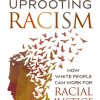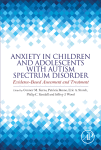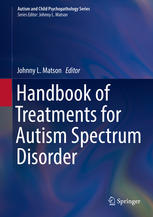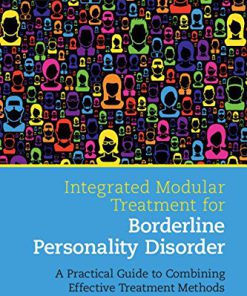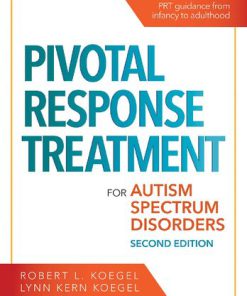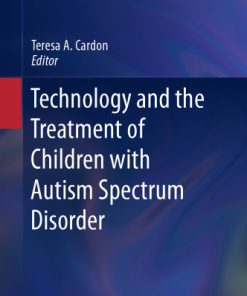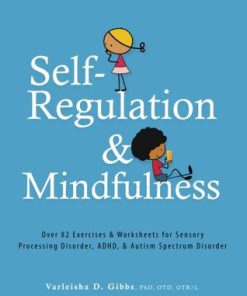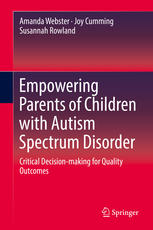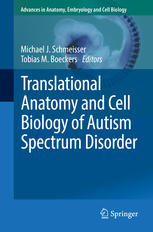Practical Ethics for Effective Treatment of Autism Spectrum Disorder 2nd edition by Matthew Brodhead 0128238615 9780128238615
$50.00 Original price was: $50.00.$25.00Current price is: $25.00.
Practical Ethics for Effective Treatment of Autism Spectrum Disorder 2nd edition by Matthew T. Brodhead – Ebook PDF Instant Download/DeliveryISBN: 0128238615, 9780128238615
Full download Practical Ethics for Effective Treatment of Autism Spectrum Disorder 2nd edition after payment.
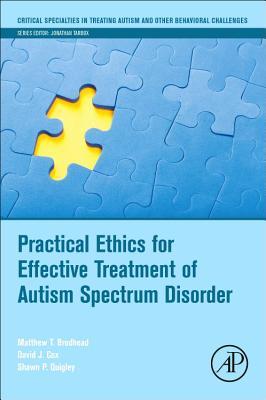
Product details:
ISBN-10 : 0128238615
ISBN-13 : 9780128238615
Author: Matthew T. Brodhead
Practical Ethics for Effective Treatment of Autism Spectrum Disorder, Second Edition is for behavior analysts working directly with, or supervising those who work with, individuals with autism. The book addresses the principles and values that underlie the Behavior Analyst Certification Board’s® Professional and Ethical Compliance Code for Behavior Analysts and factors that affect ethical decision-making. In addition, the book addresses critical and under-discussed topics, including scope of competence, evidence-based practice in behavior analysis, how to collaborate with professionals within and outside one’s discipline, and how to design systems of ethical supervision and training customized to unique treatment settings.
Practical Ethics for Effective Treatment of Autism Spectrum Disorder 2nd Table of contents:
Chapter 1. Introduction to applied behavior analysis, ethics, and core ethical principles
Abstract
Paradigms of clinical ethics: providing the groundwork
Dominant paradigms in clinical ethics
Contract theory
Western clinical codes of ethics
Principles of bioethics: the material for building
Applied behavior analysis and ethics: what we have built so far
The consequences of influence from multiple ethical paradigms
Applied behavior analysis and ethical theory: why Board Certified Behavior Analysts should care
Chapter summary
Questions to help you incorporate this chapter into your practice
Chapter 2. Contextual factors that influence ethical decision-making
Abstract
Basic research on choice
Different reinforcers for different behaviors
Delayed and probabilistic outcomes
Summary
Factors that affect clinical decision-making
Chapter summary
Questions to help you incorporate this chapter into your practice
Chapter 3. Creating behavioral systems to support ethical behavior in autism treatment
Abstract
A brief introduction to behavioral systems analysis
Six steps of behavioral systems analysis
Case examples of behavioral systems analysis
Case study 1: a system that creates an organizational culture of ethics
Case study 2: a step-by-step process for interacting with nonbehavioral professionals
Case study 3: ensuring client and caregiver consent in treatment
Chapter summary
Questions to help you incorporate this chapter into your practice
Chapter 4. Identifying your scope of competence in autism treatment
Abstract
Scope of competence within scope of practice
Identifying your own scope of competence
What coursework experiences define my scope of competence?
What experiences in various settings define my scope of competence?
What supervision experiences define my scope of competence?
Consider your answers in the context of successful treatment outcomes
How to broaden your scope of competence
When to seek additional training and when to refer a client?
A need for an honest evaluation
Chapter summary
Questions to help you incorporate this chapter into your practice
Chapter 5. The decision-making process of evidence-based practice
Abstract
Definitions from medicine and psychology
The three-legged stool analogy
Defining evidence-based practice in applied behavior analysis
Evidence-based practice as a decision-making process
Using evidence-based practice in applied behavior analysis
Identifying the best available evidence
Evaluating evidence once you find it
Integrating evidence with client considerations
Integrating evidence with professional expertise
Case studies in evidence-based practice in applied behavior analysis
Evidence-based practice in special-education: you are missing the point
Vocational training: evidence-based practice done right
Chapter summary
Questions to help you incorporate this chapter into your practice
Chapter 6. Interdisciplinary collaboration
Abstract
Recommendations for professional interactions
Respect legal, regulatory, and policy barriers
Limit technical jargon whenever possible
Nonbehavioral treatment recommendations
Additional recommendations
Chapter summary
Questions to help you incorporate this chapter into your practice
Chapter 7. Standardized decision-making
Abstract
Introduction
What is standardized decision-making?
Benefits of standardized decision-making in applied behavior analysis
Downsides to standardized decision-making in applied behavior analysis
Examples of standardized decision-making
Conclusion
Questions to help you incorporate this chapter into your practice
Chapter 8. Quality measurement in applied behavior analysis
Abstract
Ethically justifying quality applied behavior analysis services
Categories of quality measurement
Analytics: identifying relationships between structure, process, and outcome measures
Summary
Questions to help you incorporate this chapter into your practice
Chapter 9. Common errors and mistakes made during ethical analyses and application
Abstract
Wrongful appeals to authority
Incomplete analyses
Multiple relationships run afoul
Forgetting we are a science
Death by PowerPoint, or make your funk the P-Funk
Chapter summary
Questions to help you incorporate this chapter into your practice
People also search for Practical Ethics for Effective Treatment of Autism Spectrum Disorder 2nd:
apply professional ethics in practical situations
a practical application of ethics is
ethical treatment of patients
effective treatment of individuals like beth require
ethics practical exercise
Tags: Practical Ethics, Effective Treatment, Autism Spectrum, Matthew Brodhead
You may also like…
Politics & Philosophy - Social Sciences
Politics & Philosophy - Social Sciences
Pivotal response treatment for autism spectrum disorders Second Edition Robert L. Koegel (Editor)
Relationships & Lifestyle - Diet & Nutrition
Technology and the Treatment of Children with Autism Spectrum Disorder Cardon
Relationships & Lifestyle - Health - Diseases & Disorders
Relationships & Lifestyle - Diet & Nutrition
Medicine
Translational Anatomy and Cell Biology of Autism Spectrum Disorder 1st Edition Michael J. Schmeisser



